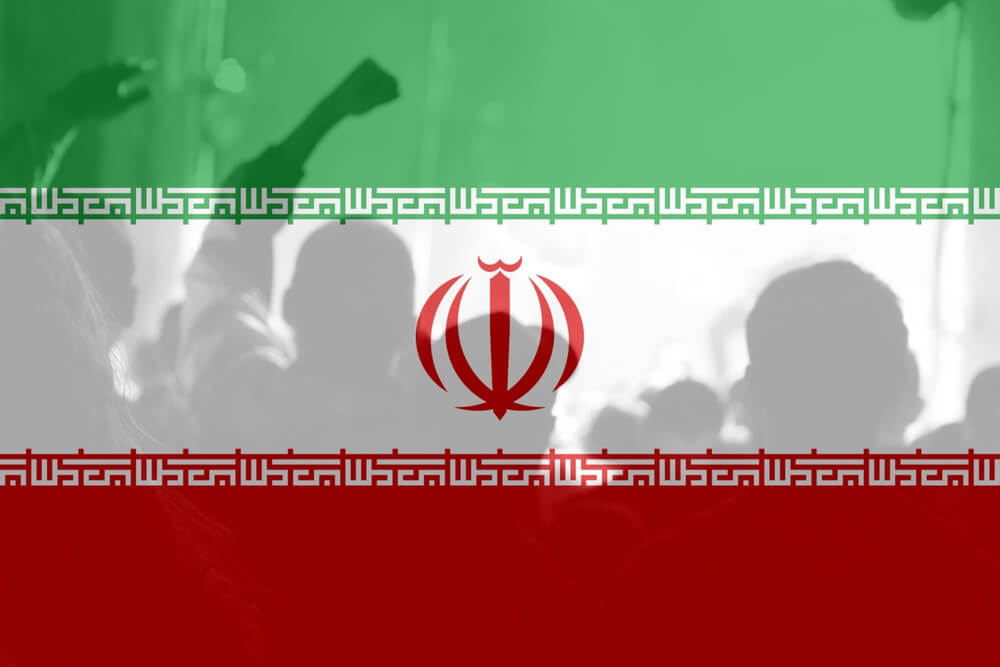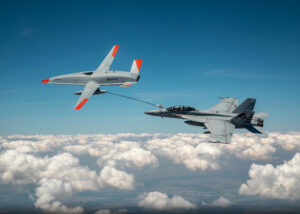As Iran approaches its presidential election on June 28, the regime’s focus appears to be less on selecting the next president and more on creating a spectacle designed to boost voter turnout.
This strategic maneuver aims to reestablish legitimacy in the eyes of the international community, using so-called reformist candidates to draw public participation. However, beneath this veneer of the election lies a more critical agenda: Supreme Leader Ali Khamenei’s succession challenge, which is pivotal for the regime’s survival.
In the run-up to the election, Tehran has orchestrated a series of televised debates and political rallies, showcasing confrontations among candidates. These debates, while ostensibly focused on issues like women’s rights, internet freedom and economic policies, serve a dual purpose. They create an illusion of democratic discourse and political competition, intended to entice a disillusioned electorate to the polls.
The participation of reformist candidate Masoud Pezeshkian plays a key role in this strategy, positioning him tactically to foster a perception of legitimacy and openness, both domestically and internationally. But the real debate about the future of the regime was already settled during the 2017 protests with the popular slogan, “reformers, hardliners, the game is over.”
A history of brutal crackdowns
The Iranian people have not forgotten how both reformists and hardliners have responded to their protests over the last several decades. The brutal crackdowns on peaceful demonstrations, the widespread human rights abuses and the persistent corruption have left deep scars.
The regime’s brutal response to waves of nationwide uprisings has left no illusions for the majority, who are yearning for regime change. Rejection of the entire regime is further evidenced by the low turnout in the March parliamentary elections and the ongoing calls for a boycott on June 28. The regime’s attempts to showcase a high voter turnout as a sign of legitimacy are increasingly seen as hollow and manipulative.
For Ali Khamenei, the election theatrics are a means to an end, providing a temporary boost in perceived legitimacy that can stabilize the political environment ahead of his crucial succession process. Khamenei’s advanced age and health issues have intensified the urgency of this task, as the stability of the regime hinges on the selection of a loyal and capable successor.
The succession challenge is fraught with complexities, given the need to balance the interests of various factions within the regime. The choice of successor must not only secure the loyalty of the notorious Islamic Revolutionary Guard Corps (IRGC) but also maintain the support of the religious and political elite. This delicate balance is critical to prevent internal strife and ensure the regime’s survival.
Khamenei has warned about the “enemies” and their influence over this election. Judiciary Chief Gholamhossein Mohseni Ejei warned that neglecting the elections could harm national security, emphasizing that widespread participation could change the situation. Mohammad Saeidi, Khamenei’s representative in Qom, stressed the importance of voter turnout to “neutralize conspiracies.”
This narrative serves to rally its dwindling base and justify the regime’s harsh measures against opponents, particularly the organized opposition of the Mujahedin-e-Khalq (MEK), which has a strong presence inside and outside of Iran.
The vilification of the MEK is often used as a scapegoat for many of the regime’s internal problems. In a recent statement, Ghasem Abdollahi, the Friday prayer leader in Arak, blamed the MEK for obstructing the Islamic Revolution, saying, “The enemies have struck, and it is certainly the blows of the hypocrites [MEK] that sometimes halt the vibrant path we started.”
The MEK’s significant role in opposing the regime is a constant source of anxiety for Ali Khamenei and the survival of his regime. Hence, the recent escalation in demonizing the MEK aims to create an alternative narrative: that the opposition is worse than the current regime.
Iran’s leader faces several crises
The troubled Khamenei, who suddenly lost Ebrahim Raisi in a recent helicopter crash along with his full dedication and obedience, is now faced with several major crises. He has no successor; there is growing support for the MEK globally and domestically, and no good choices for Khamenei’s next president, whose loyalty is pivotal to him and IRGC.
His choices are between reformer lite candidate Masoud Pezeshkian, or one of the five hardliners with ties to the IRGC. There are only two leading players among the hardliners: Saeed Jalili and Muhammad Baqer Qalibaf, both with significant backing and ambitious agendas.
Most likely, Khamenei will engineer a runoff election where one of his preferred hardliners will stand against Pezeshkian or ask one of the two to withdraw before election day. In either case, he will engineer the election results to mask the illegitimacy of his regime, which is engulfed in a crisis of survival.
The international community must see through these theatrics and continue to isolate the regime, whose agenda is nothing but violence domestically and seeding war across the Mideast. The only path forward with Tehran is regime change by the Iranian people, who are yearning for a non-nuclear, secular republic.







